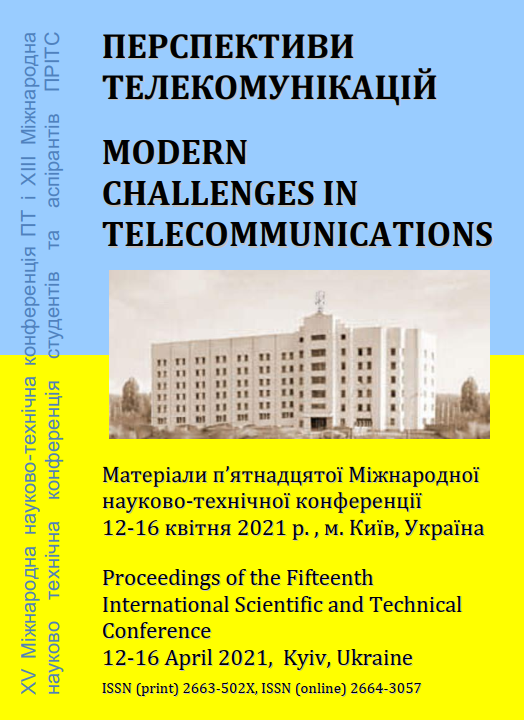МЕТОД РЕАЛІЗАЦІЇ КОНЦЕПЦІЇ «CLEAR SPAСE»
Ключові слова:
КОНЦЕПЦІЯ «CLEAR SPAСE», КОСМІЧНЕ СМІТТЯАнотація
За допомогою супутникових систем можна здійснювати дослідження земної поверхні та верхніх шарів атмосфери, прогноз землетрусів, екологічний моніторинг, а також будувати системи супутникового зв’язку та навігації (ССЗН). Однак створення супутникових систем різного призначення стикається з проблемою космічного сміття, яка з кожним роком стає все більш актуальною.Посилання
Святослав Иванов. Орбита захоронения: почему над Землей летают тысячи никому не нужных спутников. /Электронный ресурс/ https://hightech.fm/2019/08/26/orbita-satellite.
Olexandr Lysenko, Miroslav Sparavalo, Olena Tachinina, Valerii Yavisya, Sergiy Ponomarenko. Feasibility Reasoning of Creating Ultra-Low Orbit Communication Systems Based on Small Satellites and Method of Their Orbits Designing // Information and Telecommunication Sciences, №1, 2020. P. 59-70. DOI: https://doi.org/10.20535/2411-2976.12020.59-70
Все спутники связи. Каталог. /Электронный ресурс/ http://ecoruspace.me.
Lysenko, O.I., Tachinina, O.M., Yavisya, V.S., Alekseeva, I.V. Concept of Construction of Satellite Communication and Navigation System clear Space. IEEE 6th International Conference, «Methods and Systems of Navigation and Motion Control», Kyiv, Ukraine, October, 22-24, 2020).– К.: NAU, 2020. – pp. 110–113.
##submission.downloads##
Опубліковано
Як цитувати
Номер
Розділ
Ліцензія

Ця робота ліцензується відповідно до Creative Commons Attribution 4.0 International License.
Authors who submit to this conference agree to the following terms:a) Authors retain copyright over their work, while allowing the conference to place this unpublished work under a Creative Commons Attribution License, which allows others to freely access, use, and share the work, with an acknowledgement of the work's authorship and its initial presentation at this conference.
b) Authors are able to waive the terms of the CC license and enter into separate, additional contractual arrangements for the non-exclusive distribution and subsequent publication of this work (e.g., publish a revised version in a journal, post it to an institutional repository or publish it in a book), with an acknowledgement of its initial presentation at this conference.
c) In addition, authors are encouraged to post and share their work online (e.g., in institutional repositories or on their website) at any point before and after the conference.

